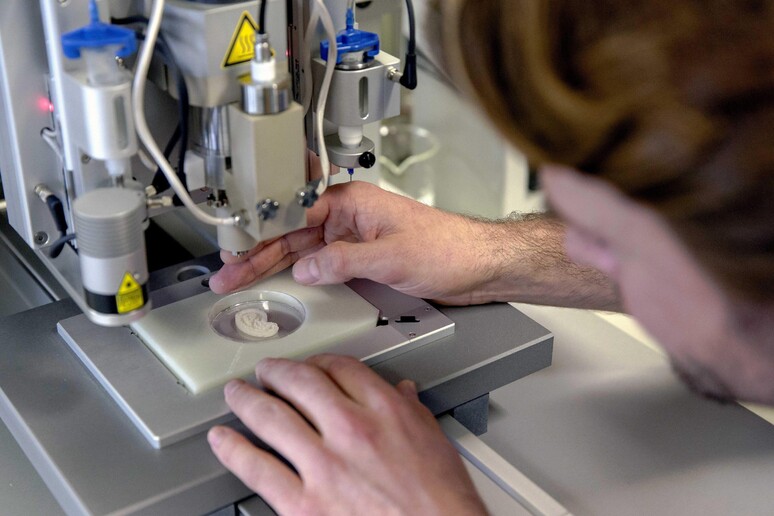Researchers at the University of Milano-Bicocca and Imperial College in London have patented a bionic bone that is self-repairing, bio-compatible, and can be printed in 3D, sources said Wednesday.
The bionic bone mimics real bone and cartilage and is made from a hybrid material synthesized by chemists at Bicocca's biotechnology department and Imperial College engineers.
"The material has very specific characteristics, which can be modulated by altering the relationships between its organic and inorganic components," said Bicocca organic chemistry professors, Laura Cipolla and Laura Russo. "The patented material can repair itself in cases of fracture...is elastic and resistant to compression as well as traction".
"There is still a long road ahead before the technology can be applied to humans, but this result is a significant step forward in new frontier medicine," said Julian Jones, Imperial College biomaterials professor.
ALL RIGHTS RESERVED © Copyright ANSA











